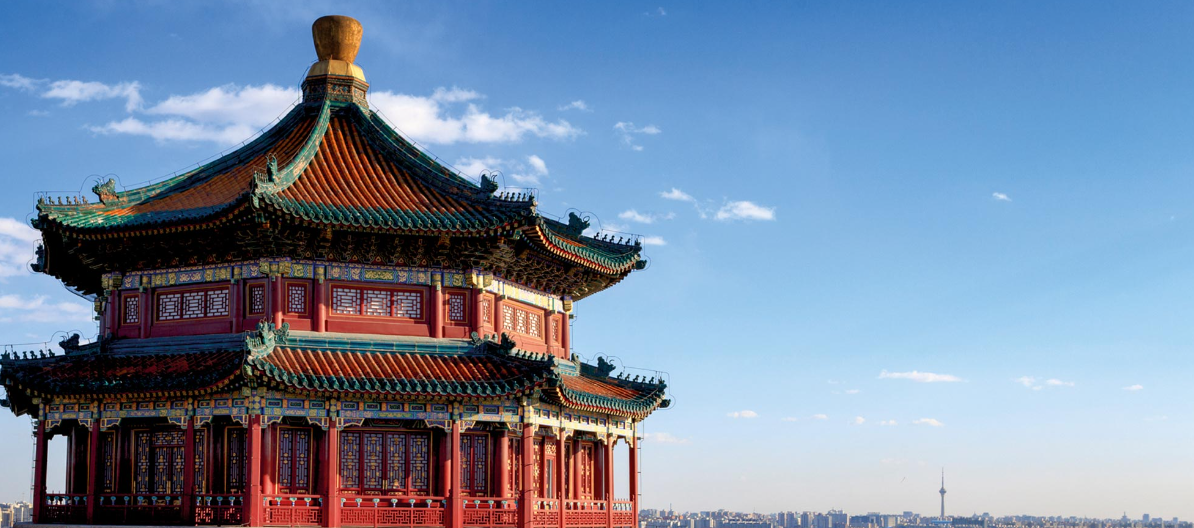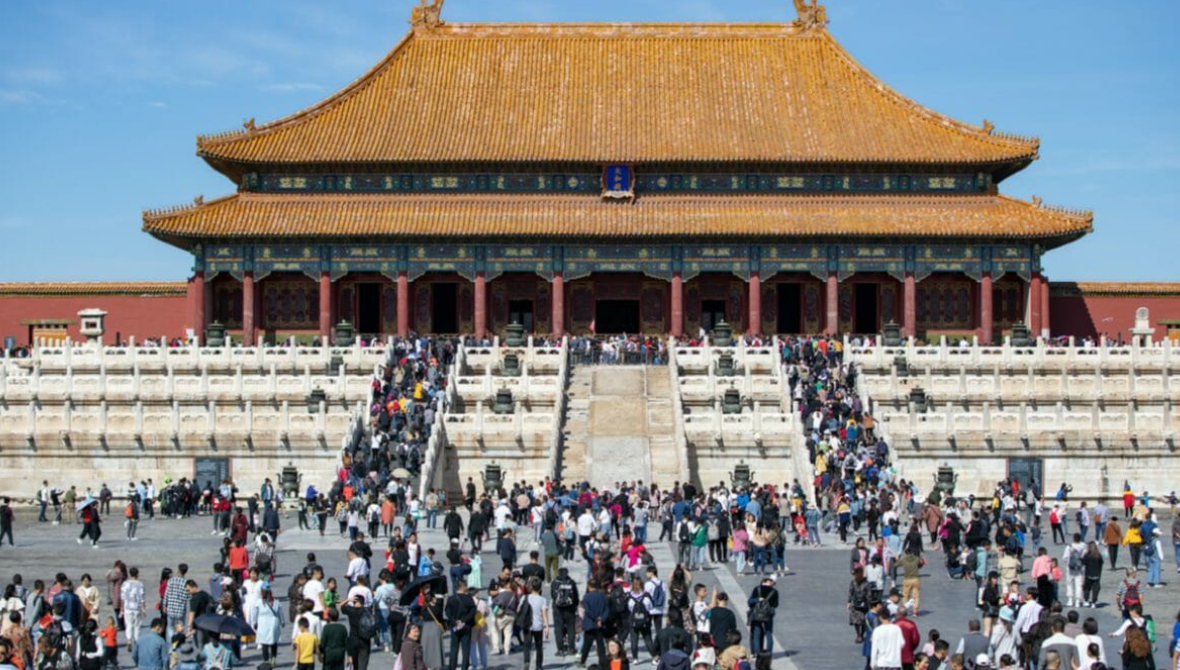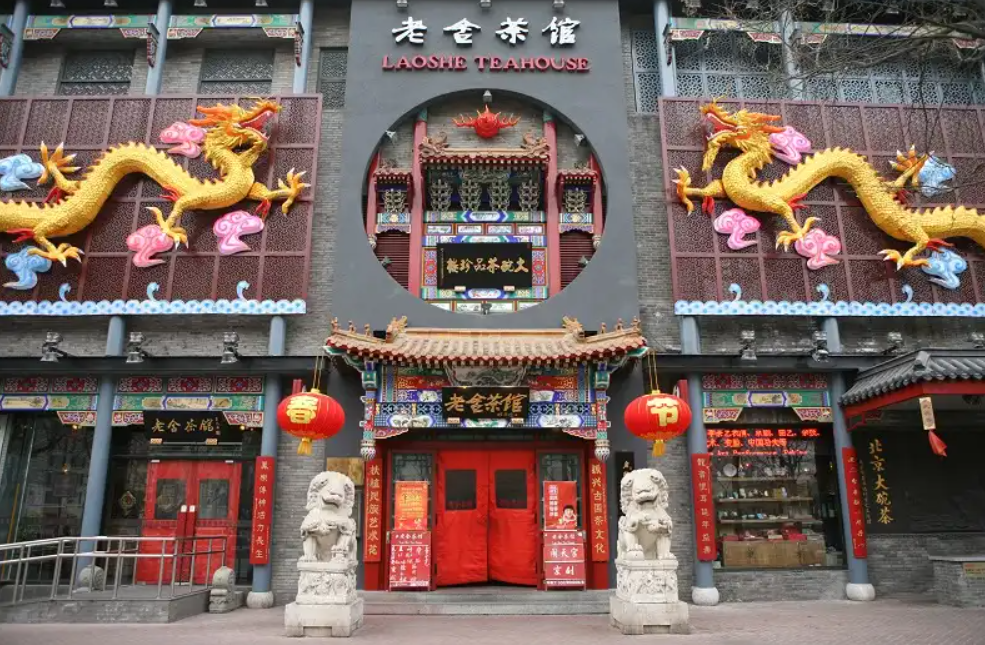Learning Chinese Culture in Beijing: A Traveler’s Friendly Guide
Outline:
-
Why Beijing is the best place to dive into Chinese culture
-
Top spots to explore traditional culture (temples, hutongs, palaces)
-
Modern ways to experience culture (tea houses, calligraphy, local food tours)
-
Tips from fellow travelers: how to really connect with locals
-
Final thoughts: take a piece of Beijing back home
Learning Chinese Culture in Beijing: A Traveler’s Friendly Guide
So you’re planning a trip to Beijing and you’re curious about Chinese culture? Good choice. Beijing is like the beating heart of China—old temples standing next to skyscrapers, old men playing chess in hutongs while kids scroll on their phones. If you want a crash course in Chinese history, traditions, and modern vibes, this city is where you should start.

Why Beijing is the best place to dive into Chinese culture
Think of Beijing as a living museum. You’ve got the Forbidden City, which is basically a giant palace complex where emperors used to live. Then you have the Summer Palace, where they chilled out during hot summers. But it’s not just about the past—Beijing is also where culture feels alive today. People still fly kites at the Temple of Heaven park, and you can join them if you’re up for it.
A friend once told me: “Shanghai is like China’s future, but Beijing is China’s soul.” Honestly, I couldn’t agree more.
Top spots to explore traditional culture

Let’s talk specifics.
-
The Forbidden City: Yes, it’s touristy, but it’s worth it. Walk through those huge red gates and you’ll feel tiny in front of those giant courtyards. Pro tip: don’t rush it. Take your time, notice the dragon details on the roofs.
-
Hutongs: These narrow alleys are where you get a feel for local life. Peek into courtyards, try a jianbing (a Chinese pancake street food), and maybe chat with an old neighbor if you’re brave enough.
-
Temple of Heaven: Not just a temple, but a park full of locals playing cards, dancing, even singing opera out loud. It’s one of the easiest ways to see how people actually spend their free time.
Modern ways to experience culture
Now, if you’re thinking culture means only ancient stuff, nope. Beijing also has modern traditions you should try.

-
Tea houses: Sitting down for tea is not just about drinking—it’s like storytelling time. Some tea houses even have live performances, from music to short plays.
-
Calligraphy or paper cutting workshops: Sounds old-school, but it’s actually really fun. Plus, you’ll have a handmade souvenir to bring home.
-
Food tours: Forget fancy restaurants. Join a night market or street food tour. You’ll probably try stuff you can’t pronounce and maybe don’t even want to know what it is, but hey, that’s part of the adventure.
Tips from fellow travelers
Here’s the part nobody tells you:

-
Don’t be shy to interact with locals. Many Beijingers are curious about foreigners. Even if your Chinese is limited to “ni hao,” it’s usually enough to spark a smile.
-
Learn a couple of cultural do’s and don’ts. For example, don’t stick chopsticks upright in your rice bowl—it looks like incense at funerals. Little details like this go a long way.
-
Time your visits smartly. Early mornings in parks are magical—you’ll see tai chi, dancing, and calligraphy written with water on the ground.
I once joined a group of retirees dancing in Beihai Park. At first I felt awkward, but they just laughed, pulled me in, and by the end I was sweating like crazy but also smiling like an idiot. That moment stuck with me more than any monument.
Final thoughts: take a piece of Beijing back home
When people say “learn Chinese culture,” it’s not just about memorizing history or checking off landmarks. It’s about conversations, street food, and small random encounters that stick in your memory.
So here’s my suggestion: don’t just walk through Beijing—live it a little. Drink tea slowly, get lost in hutongs, accept that random invite from a local to join a game of cards. That’s how you’ll carry a piece of Beijing back home.

